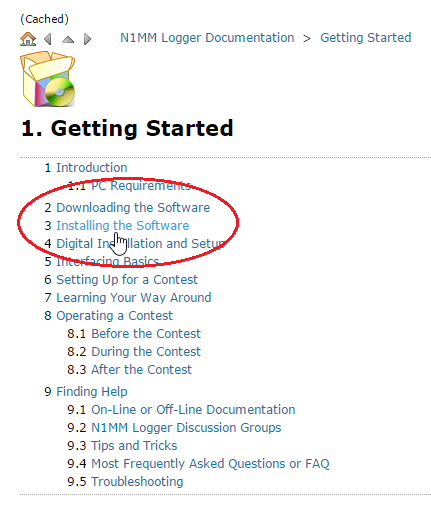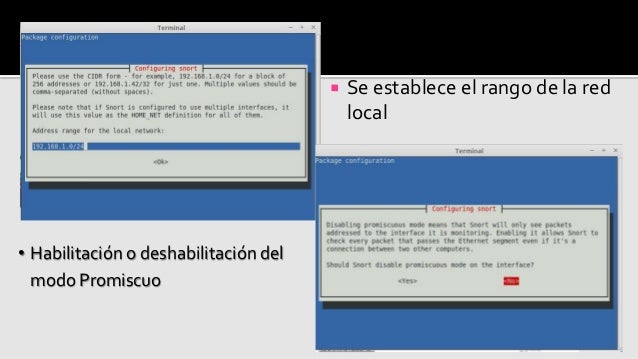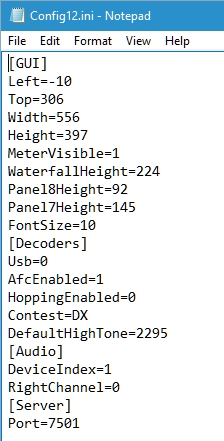

- #N1MM LOGGER CONFIGURATION FILES HOW TO#
- #N1MM LOGGER CONFIGURATION FILES PDF#
- #N1MM LOGGER CONFIGURATION FILES UPDATE#
- #N1MM LOGGER CONFIGURATION FILES ARCHIVE#
- #N1MM LOGGER CONFIGURATION FILES SOFTWARE#
Once you have copied his exchange, press F3 (TU) and to Log. Press the key to send his call and your exchange (CW), or speak his call and then press. It used the following convention to save keystrokes:Įnter the callsign of the station calling you. Semi-CT Style – CT was the DOS logging program that pretty much started all this.

Make sure you have your CW or SSB or digital function key definitions set up the way you want, set up as outlined in Before the Contest. With thanks to David Robbins K1TTT, from whose input this section was adopted. 4000 users and the N1MM team are there to help. Do take the time to check the documentation first, but then don’t hesitate to ask for help on the N1MM reflector. Make detailed notes of problems, if any.Ī lot of problems are the result of a local issue – hardware settings, user options or the like. If operating Assisted, grab some spots, make some spots, check the color-coding of spots against the contest rules. Make sure your messages and macros work as expected, make sure you can record and playback SSB messages on the fly, make sure the multipliers you think should be counted are scored right, log some contacts that shouldn’t be multipliers or points and make sure they are handled properly.
#N1MM LOGGER CONFIGURATION FILES UPDATE#
If you are planning to operate in a contest a couple weeks from now, load the latest update NOW, create a contest “instance” as outlined here, sit down with your radio, computer, DX cluster connection, keyers, and whatever else you use, and simulate logging a dozen contacts as if you were running (enter a make-believe call, type and hit function keys as fast as you can). Rapidly releasing relatively small updates, with the option of retreating a version or two if necessary, makes this a relatively low-risk approach, so long as users test each one enough in advance of the next contest they want to get into. Since its early days, the N1MM Logger project has relied on users to do most of the testing.
#N1MM LOGGER CONFIGURATION FILES SOFTWARE#
If this were a conventional software project, any sane programmer would declare it “untestable.” Contest rules change all the time, and organizers often forget to let logging software developers know. Today, the program supports CW, SSB and multiple digital modes, close to 300 contests, and a wide variety of radios and ancillary equipment. Store a local copy of the documentation in case you need to reference it when disconnected from the website.
#N1MM LOGGER CONFIGURATION FILES PDF#
If you’re going to be operating in a remote location without Internet access, go to the >Downloads >Documentation Downloads (PDF) folder for a PDF version of the manual. Click here to watch videos about downloading and configuring your data files. Sample Function Key files for the major contests can be found in the >Downloads >Function Key Files folders for CW, SSB, and Digital modes.
#N1MM LOGGER CONFIGURATION FILES HOW TO#
An explanation of how to create function key definitions is found HERE, with additional information specific to phone function key messages HERE. If you make any changes during testing, export your function keys to make sure your changes are saved. More information about Call History can be found in this section.Load the function key definition file that you plan to use into the database too. If you are using a Call History file, import that into the database also and make sure Call History Lookup is on. Menu options for doing this may be found on the Tools menu of the Entry window. Make sure you have imported the latest wl_cty.dat file and downloaded the latest Super Check Partial ( master.scp) file prior to the contest. Where appropriate, links are included to point you to more extensive information. This section addresses, in a brief and informal way, steps that you should take to get ready for a contest season and for each contest.

#N1MM LOGGER CONFIGURATION FILES ARCHIVE#


 0 kommentar(er)
0 kommentar(er)
